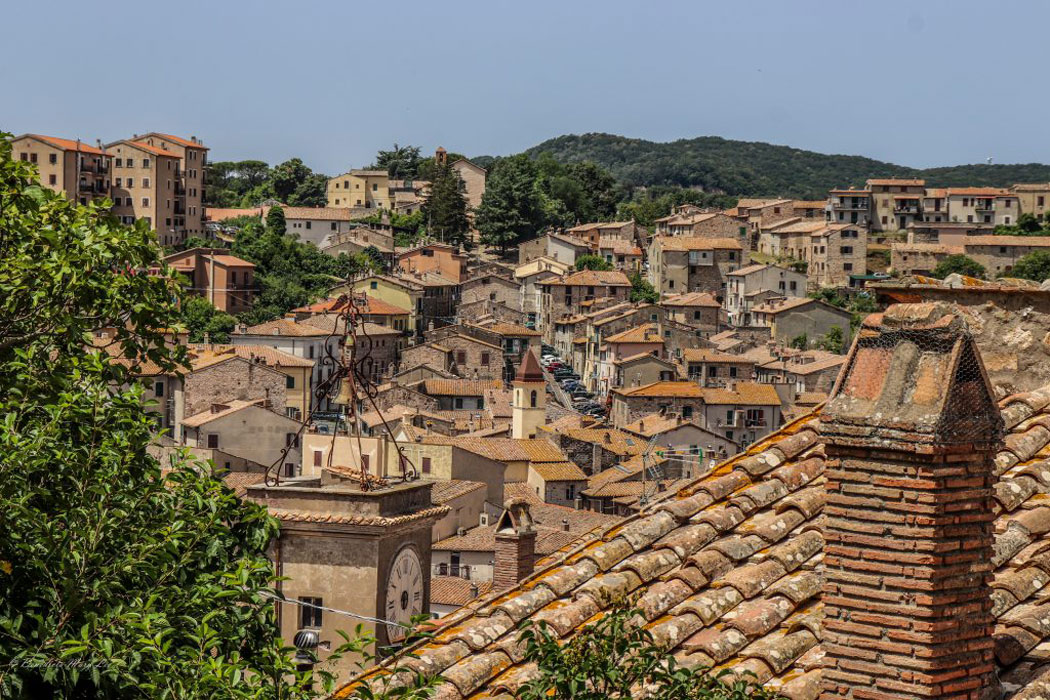
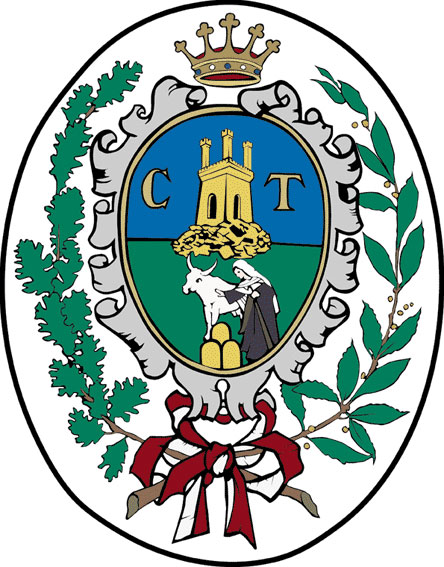
Tolfa is a village on a hill near the foot of the Tolfa mountains overlooking the Maremma area and the sea, and from its hill you can smell the scent of the sea and the land.
The area has been inhabited since the Copper Age (III-I millennium BC) thanks to the variety of metallic minerals found there and it was flourishing with the Etruscans, of which traces can be found in the necropolis with chamber tombs. There is not much news of the Roman period but after the fall of the empire this area was governed for a certain period by the Longobards and it is said that the name Tolfa could derive from that of a Lombard prince Agilulfo or Ataulfo.
The first medieval document that refers to the village of Tolfa dates back to 1201 and is contained in the collection 'Margarita Cornetana', a code of documents between 1201 and 1595 preserved in the historical archive of Tarquinia.
At the beginning of the 13th century, Tolfa became the property of the Holy See thanks to Pope Innocent II who was elected and supported by the Frangipane family involved in fighting with the Pierleoni family. In fact, at the death of Pope Honorius II two popes were elected, Innocent II for the Frangipane and Anacletus II with allegiance to the Pierleoni and for a few years Rome and Europe were crossed by a strong struggle for control of the Holy See.
The area has been inhabited since the Copper Age (III-I millennium BC) thanks to the variety of metallic minerals found there and it was flourishing with the Etruscans, of which traces can be found in the necropolis with chamber tombs. There is not much news of the Roman period but after the fall of the empire this area was governed for a certain period by the Longobards and it is said that the name Tolfa could derive from that of a Lombard prince Agilulfo or Ataulfo.
The first medieval document that refers to the village of Tolfa dates back to 1201 and is contained in the collection 'Margarita Cornetana', a code of documents between 1201 and 1595 preserved in the historical archive of Tarquinia.
At the beginning of the 13th century, Tolfa became the property of the Holy See thanks to Pope Innocent II who was elected and supported by the Frangipane family involved in fighting with the Pierleoni family. In fact, at the death of Pope Honorius II two popes were elected, Innocent II for the Frangipane and Anacletus II with allegiance to the Pierleoni and for a few years Rome and Europe were crossed by a strong struggle for control of the Holy See.
Read More
Innocent II took refuge in France and thanks to Saint Bernard who was recognized as the legitimate Pope and after many wars was the only pope. With his fortune the fortune of the Frangipane grew who then governed Tolfa for a certain period.
Tolfa owes his fortune to the deposits of alunite, used in the processing of paper and leather and discovered around 1460 by Cardinal Giovanni di Castro who had as his godfather Pope Pius II Piccolomini.
The mining of alum, which before the fall of Constantinople arrived from Jerusalem through Turkey, led to a sudden development of the Tolfa, which became an autonomous municipality and rapidly expanded beyond the walls, giving rise to the nearby village of Allumiere.
At this point the Frangipane came into conflict with the papacy and the mines became the direct property of the Pope through the Apostolic Chamber. In fact, in 1463 Giovanni di Castro obtained a concession to exploit the mines for 25 years and, after the terms of the concession expired, the Chigi family took over.
The true development of Tolfa occurred with the arrival of Agostino Chigi, noble from
Siena, and the success was so great that Pope Leo X established that the proceeds were to be used to finance the war against the Turks (as documented in the Appaltum Alluminum Sanctae Crociatae »).
In 1530 Tolfa became an independent municipality and began its great development as an industrial city until in 1799 it was sacked by French troops.
Today Tolfa owes its fame mainly to crafts, tourism and food production that make it one of the places chosen by those who love a stay in the countryside, especially by lovers of equestrian tourism.



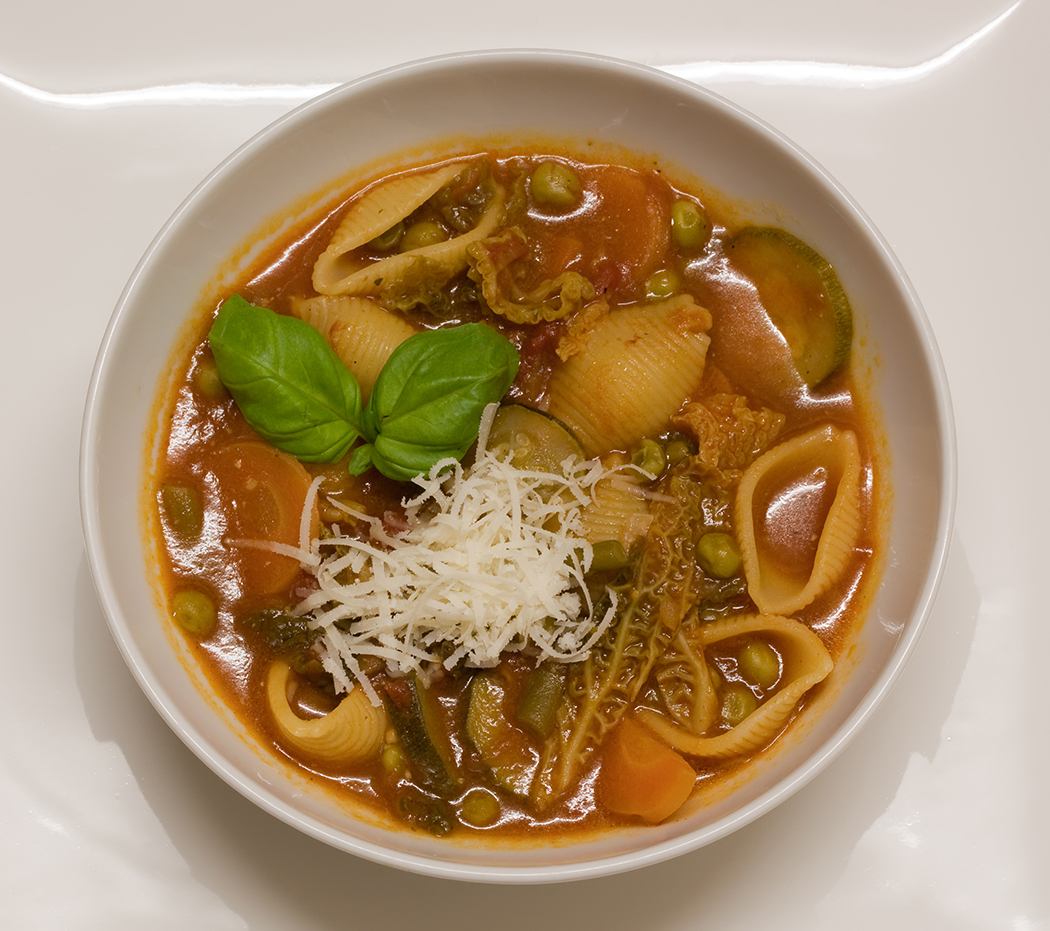
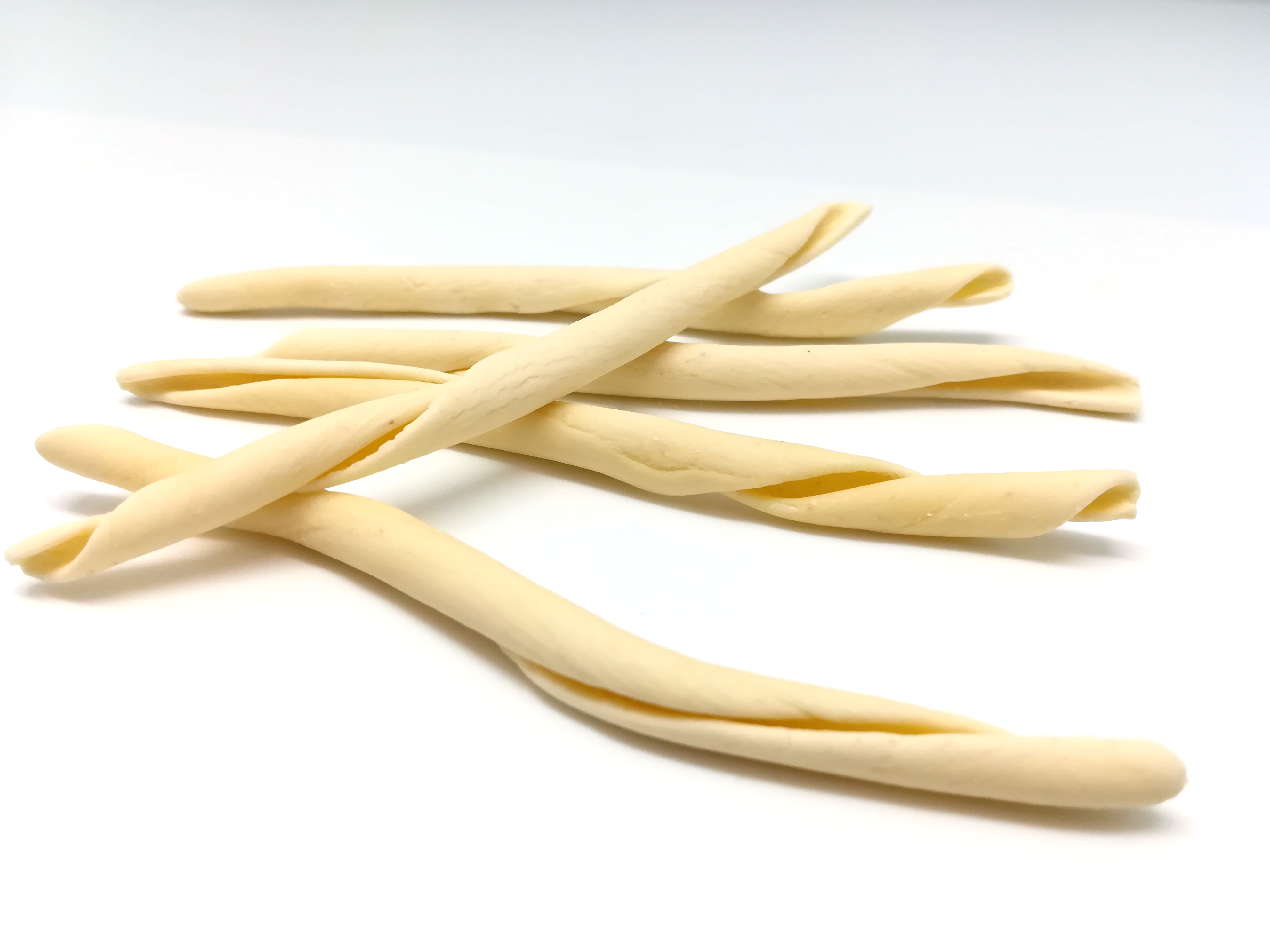

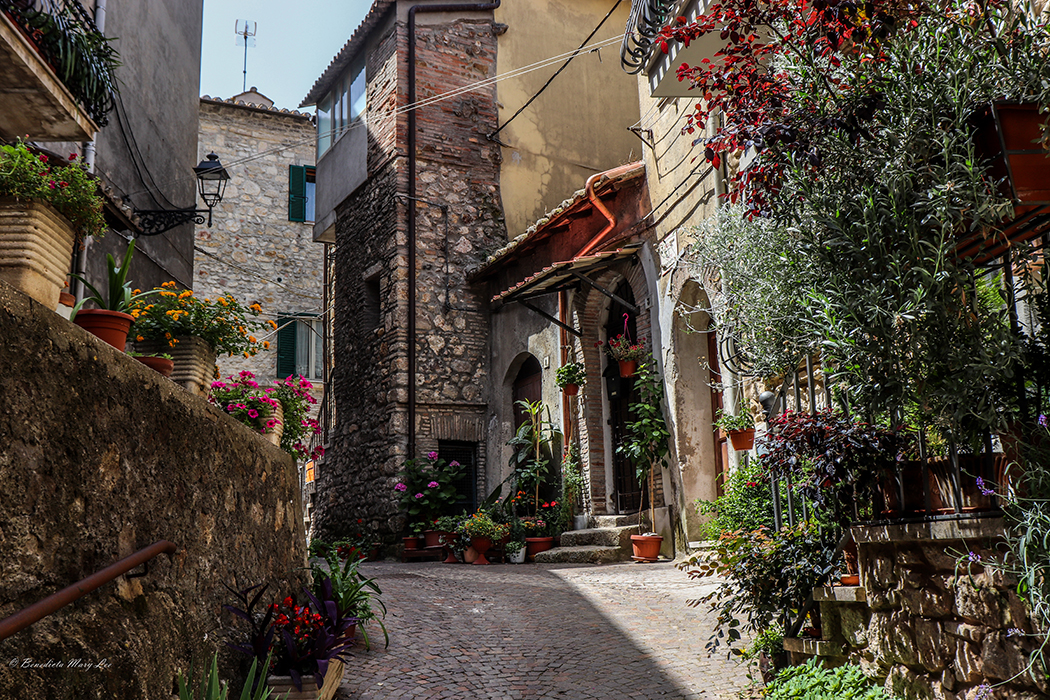
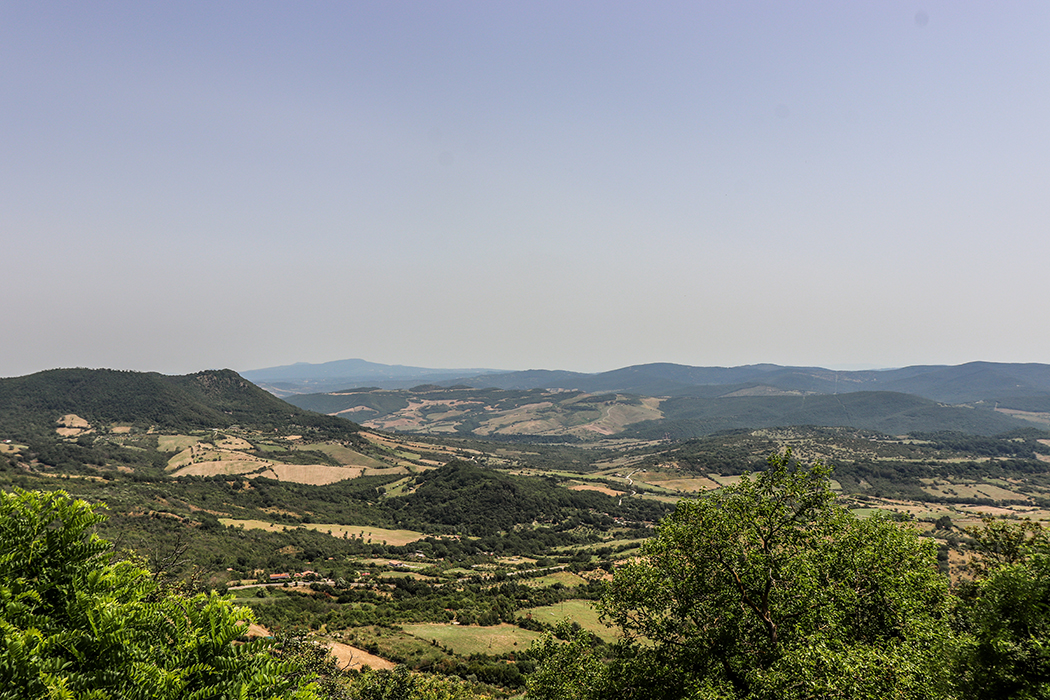
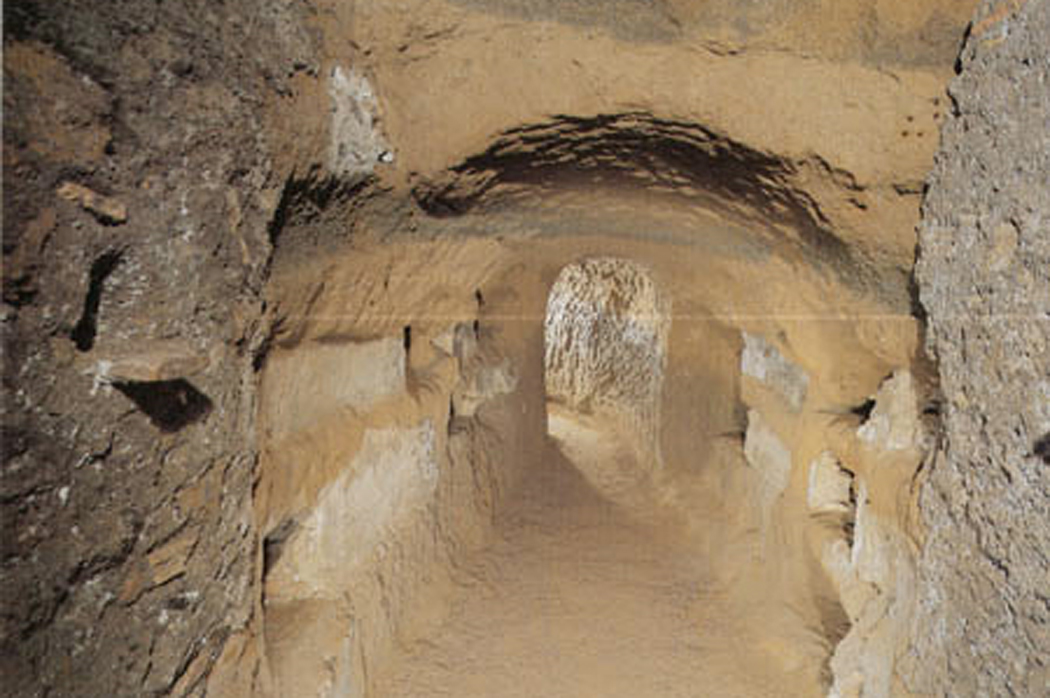

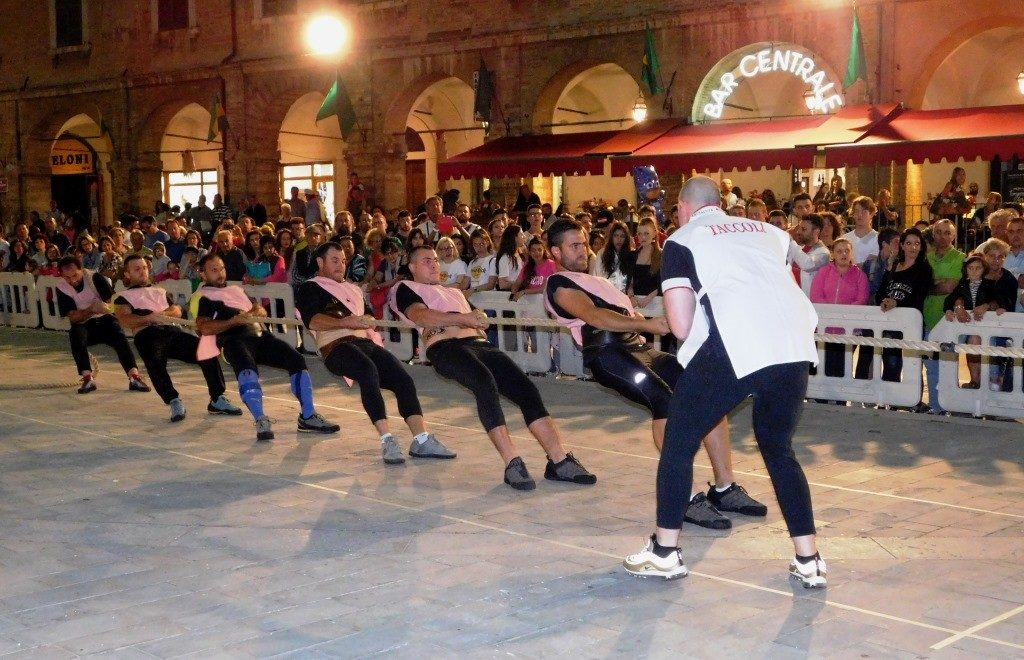

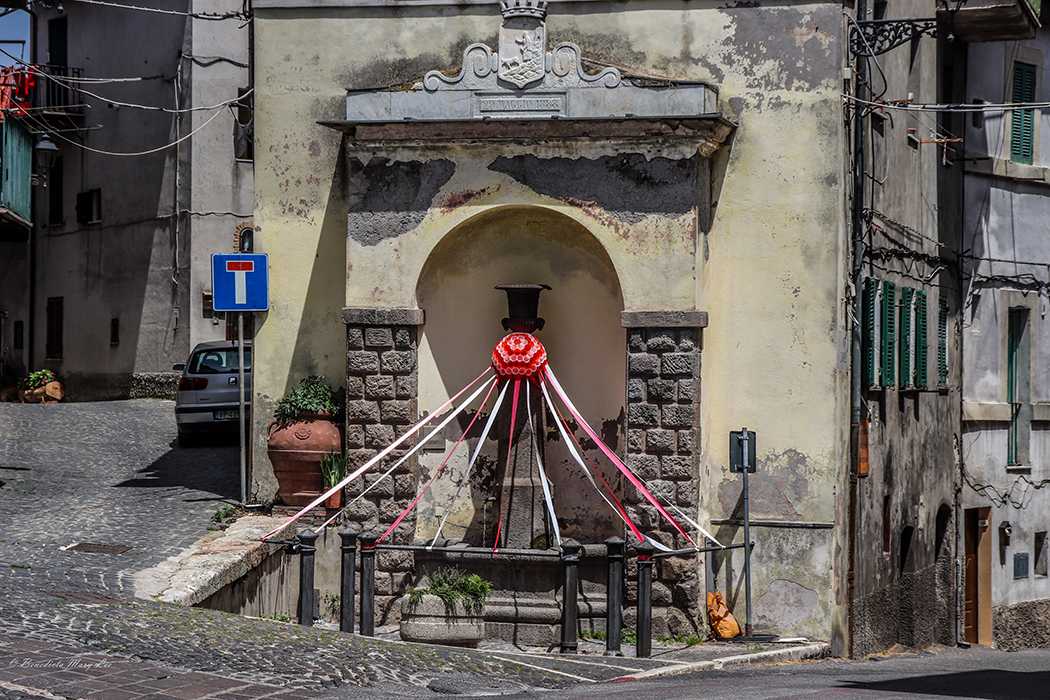




Follow us